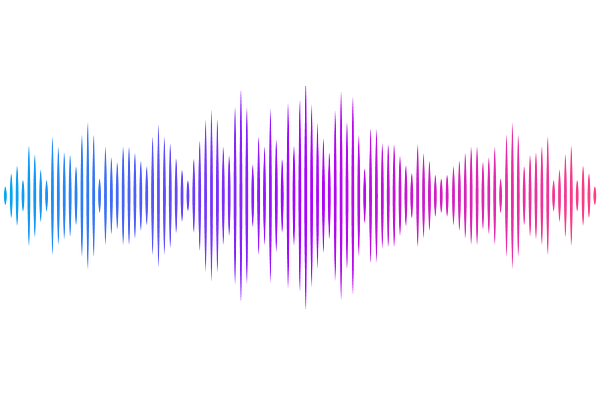Highly porous granular hydrogels reinforced by electrospun hydrogel fibers for long-term stability

Highly porous granular hydrogels reinforced by electrospun hydrogel fibers for long-term stability
Whitewolf, J.; Riley, L.; Brady, B.; Grewal, M. G.; Segura, T.; Highley, C. B.
AbstractGranular hydrogels (GHs) formed from hydrogel microparticles (HMPs) possess inherent, microscale porosity. In GHs including microporous annealed particle (MAP) hydrogels as well as unannealed GHs, increases in pore size and total porosity correlate with enhanced cellular infiltration and growth. However, increased porosity or pore size are typically achieved by decreasing HMP density, reducing interparticle contacts and weakening hydrogel structure. Here, to achieve a highly porous GH without compromising stability, we developed an approach using sacrificial HMPs to achieve high, mesoscale porosity and high-aspect ratio hydrogel fibers to reinforce the scaffold. The use of sacrificial HMPs circumvented the need to decrease packing density, creating GHs with up to 60% porosity. The hydrogel fibers span particles in the porous space, stabilizing the porous structure by enhancing interactions among GH components. Upon 5-10% v/v fiber incorporation, highly porous GHs retained their structure over 28 days of in vivo culture, compared to 4 days in GHs without fibers. These scaffolds supported and promoted endothelial cell growth as porosity increased. Overall, this study presents a stable, highly porous granular scaffold system with high processability and cytocompatibility.